Growing up I read lots of books. I loved a good story. The tales of King Arthur and his knights, of fairy tales, of Christian allegories… they fueled the fire for storytelling. I grew up in rural Connecticut where small towns and their tiny libraries were the norm, and it’s amazing the treasures that could be found on those old shelves.
As a writer you can mine treasures from old books. It is an unparalleled feeling to look through a long-forgotten volume that, to your knowledge at least, may be the only copy remaining to the world.
Those little old town libraries had great book sales. Often you could pick up a hardcover copy of exactly what you wanted for a dollar, or a paperback for fifty cents. But what I was always on the lookout for were the old volumes. Hardback volumes printed at the dawn of the 19th century, or in the 1800’s. I focused on historical books because their accounts were not burdened by the modern perceptions of the author. Little did I know that some of the greatest treasures could be found in short story collections and poetry.
Some years ago I was visiting my grandmother (my father’s mother) and I told her my vision for using my own publishing company to bring old, long-forgotten volumes back into print. She went and retrieved a couple of books for me and I’ll never forget how pleased I was to get a heavy volume titled The Children’s Book of Poetry. It was printed in 1879.
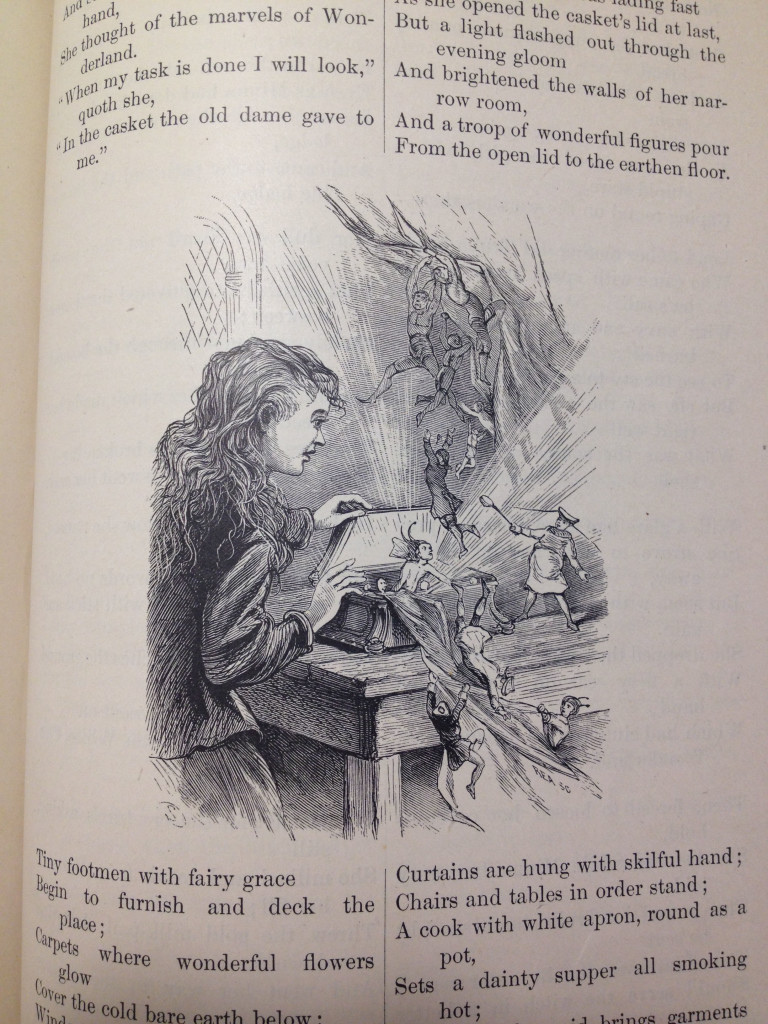
I’ve not finished this book… not by a long shot! It is not merely a collection of poetry, it is an arsenal of stories drenched in variety and, most importantly, morally constructive.
The value in this book is that I can read these old pieces, none of which are thus far familiar to me, and find fresh inspiration. Inspiration that will help feed my creativity for years to come. All thanks to my Grandma. She is the sweetest lady and I’ll always hold this book with fondness, knowing that she gave it to me. I’ve already gleaned some great ideas from these “lost” pieces.
You see? The value in an old book (from the writer’s perspective) is the content it offers. Not its value or interest as an antique.
Q: Do you have any old books from which you might glean inspiration for new content?
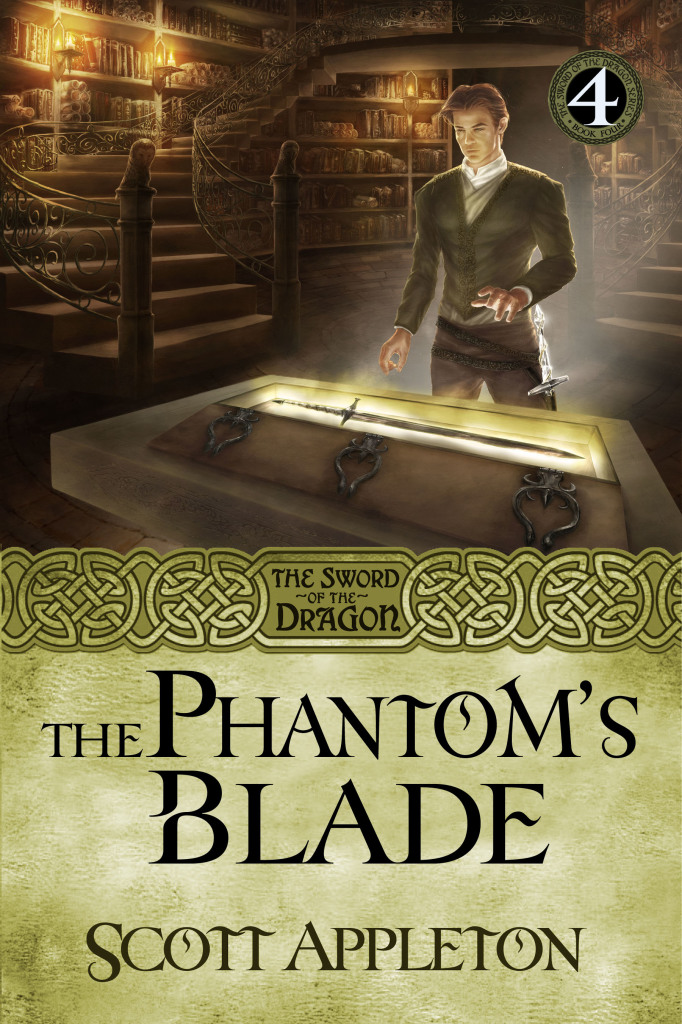 The Phantom’s Blade (The Sword of the Dragon series) book 4
The Phantom’s Blade (The Sword of the Dragon series) book 4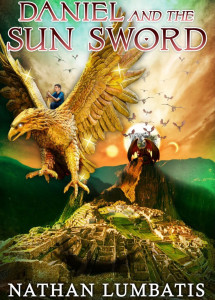

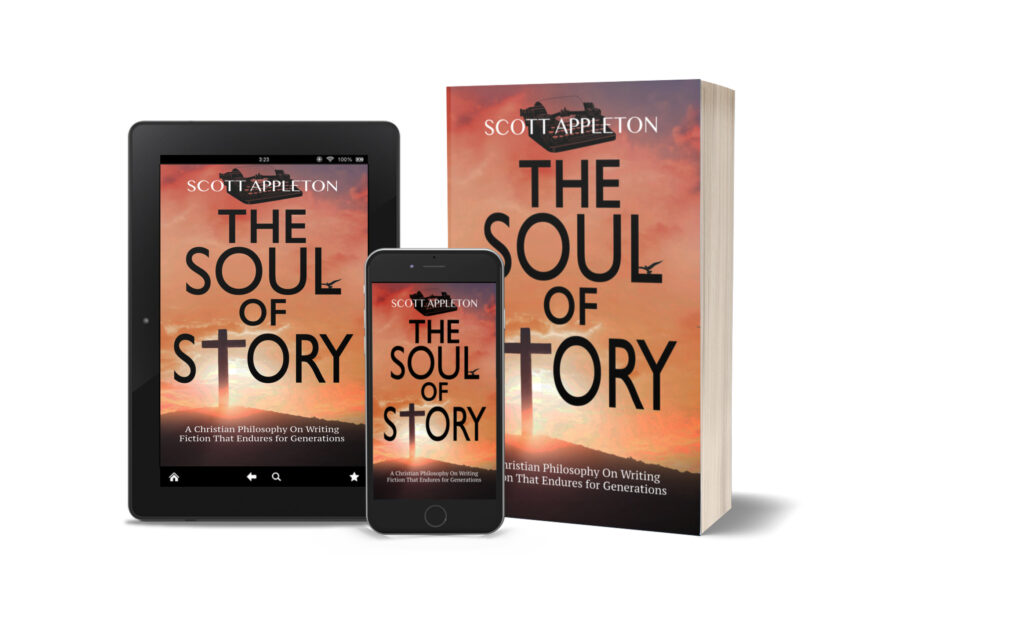
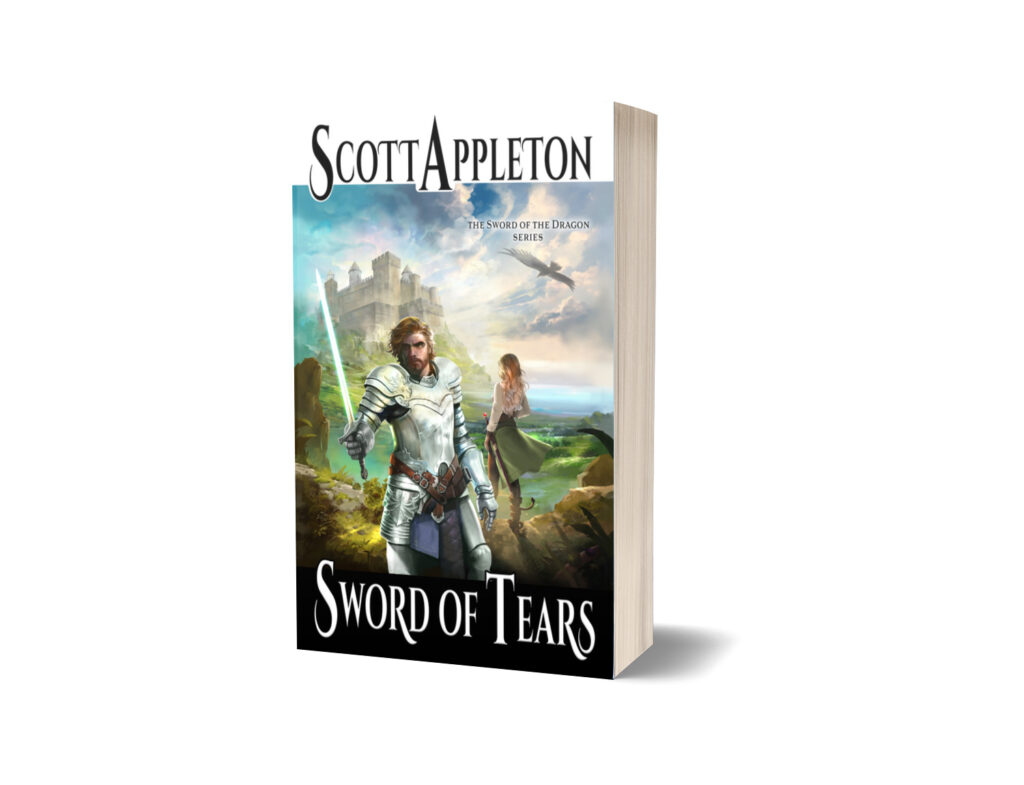
Recent Comments